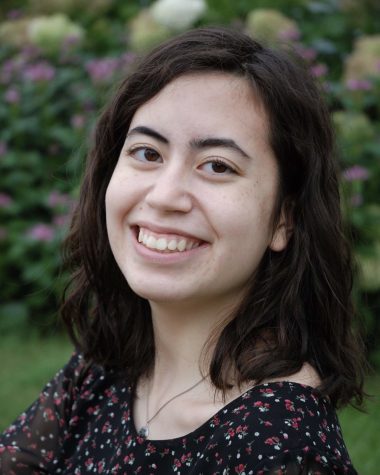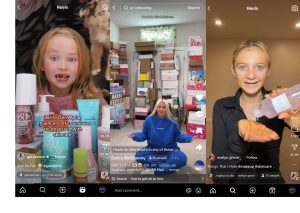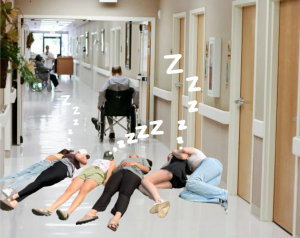Stop Zooming Through Zooms
Editor’s note: this article was written prior to the District’s decision allowing hour-long AP Zoom classes.
September 25, 2020
Every class period counts when it comes to preparing for AP (Advanced Placement) classes. Those who have taken these college-level courses before can attest to how vital each daily lesson is towards scoring well, both in the class itself and on the AP exam in May.
Every year, students are required to make a difficult decision: whether or not to take one or more of the costly ($95 each) AP exams. This year, the decision is even harder to make considering how the cohort system puts Stoughton students at a disadvantage compared to students from other schools who attend their AP courses for a full class period, Monday through Friday.
Although Stoughton students could save hundreds of dollars from scoring well on these tests, this year the decision of whether or not to take them shouldn’t be made lightly.
The cohort system implemented by the District puts SHS students in an unfavorable position when it
comes to covering all the content required for these exams. Because the exams are standardized, Stoughton students — who only receive 25 minutes of instruction two or three times a week — are held to the same expectations of other students nationwide who are back in school and receiving hour-long instruction on a daily basis.
It shouldn’t be expected for students to learn — nor teachers to cover — the same amount of material as previous years, yet only provide them with 25% of the instruction time previously given (considering cohort learning averages 250 minutes of instruction a month, while in-person averages 1,000 minutes). The cohort model not only applies unnecessary stress to students and staff, but also unreasonable expectations.
Changing the instruction model by merging the cohorts into one Zoom class would be a relatively easy change to make. All students could join the Zoom call on the hour, regardless of which cohort they’re in, and the class could cover twice the amount of material of a 25-minute class. Teachers could occasionally implement cohorts on days where there is a class discussion planned, and answer any questions that they missed in class during the Student/Staff Support Hours every afternoon.
However, the issue isn’t cut and dry. Cindy Carter, who teaches both regular and AP chemistry, as well as FAB lab at SHS, comments, “I always think that [longer Zoom calls] would help. It’s just a matter of, after being in a Zoom for so long, is it not helping anymore because it’s just mentally exhausting [to be on the call]?”
The advantages of longer Zoom calls shouldn’t be understated though. When asked about if she now assigns more homework for her AP chemistry class because of the cohort model, Carter responds, “Yes, definitely. It’s hard because I know that I’m not the only AP class that students have, but when we only have 25 minutes, there’s just not enough time to [cover the material] in that.”
The possibility of exhaustion towards the end of a longer Zoom call is negligible compared to the likelier potential of anxiety and frustration students may experience attempting to complete college-level work individually off of a mere 25 minutes of instruction.
In the end, the potential benefits of longer Zooms calls, including more time to cover material and less assigned homework, make hour-long calls for AP classes worth it. It would provide teachers adequate time to cover the material without rushing, as well as relieving the stress students may have while completing difficult coursework at home and about the exams in the spring — knowing they have had enough instructional time to understand how to do their homework and score their best come May.
Hour-long Zoom classes are a win-win for AP students and instructors alike. It’s time to stop zooming through Zooms.







